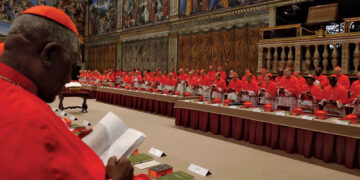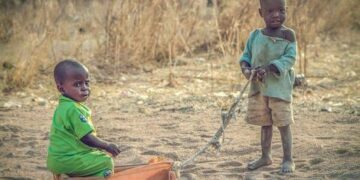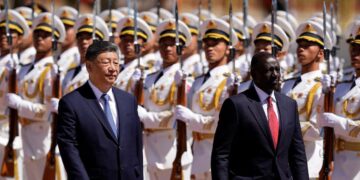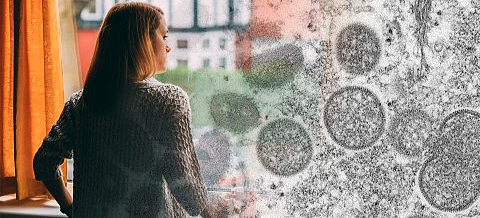By John Ikani
Leading media outlets, mainly in North America and Europe, are using images of Black people alongside stories of the monkeypox outbreak, a development which African journalists have slammed them for.
“Is the media in the business of ‘preserving white purity’ through the ‘Black criminality or culpability’,” the Kenya-based Foreign Press Association, Africa [FPPA] asked in a statement amid monkeypox outbreak in North America and Europe.
The FPPA is a Pan African organization non-profit membership organization of journalists covering Africa for the international media
“The virus can occur in any region of the world, regardless of race or ethnicity… No race or skin complexion should be the face of the disease.
If you look at photos, you'd think cases of monkey pox are rising in Africa because western news organisations are choosing photos of black African hands to tell the story. When you read, you realise they're rising in Europe & America and Africa has nothing to do with the story. pic.twitter.com/Eer2rOwaI8
— Siphumelele Zondi (@SZondi) May 21, 2022
According to the FPPA, the media should be on the frontline fighting systemic racism and racial stereotypes by sharing positive images and narratives.
“It is therefore disturbing for European and North American media outlets to use stock images bearing persons with dark/black and African skin complexion to depict an outbreak of the disease in the United Kingdom and North America,” said FPAA.
“If you are talking about the outbreak of Monkeypox in Europe or the Americas, you should use images from hospitals across Europe or the Americas? Or in the absence of such use a collection of electron micrographs with labelled subcellular structures,” it said.
The group said it condemns the perpetuation of the negative stereotype that assigns calamity to the African race and privilege or immunity to other races.
It urged editorial managers based outside Africa to update their image policies and censure their staff from the allure of using images of Africans, people of African descent or people living in Africa to depict outbreaks of diseases or any calamities.
Africans have taken to social media platforms of top media outlets to register their displeasure with the images of black people being used outside the continent to depict a disease that is not affecting most countries on the continent, stressing that such reportage promotes “negative stereotype,” assigning the “calamity to the African race.”
As of May 21, the World Health Organization [WHO] received reports of 92 laboratory-confirmed monkeypox cases and 28 suspected cases from 12 countries where the disease is not endemic, including several European nations, the United States, Australia and Canada.
Monkeypox symptoms include fever, muscle aches, swollen lymph nodes, chills, exhaustion and a chickenpox-like rash on the hands and face.
No treatment exists, but the symptoms usually clear up after two to four weeks.
The disease is considered endemic in 11 African nations.
Experts believe the current monkeypox outbreak is being spread through close, intimate skin on skin contact with someone who has an active rash. That should make its spread easier to contain once infections are identified, experts say.



































